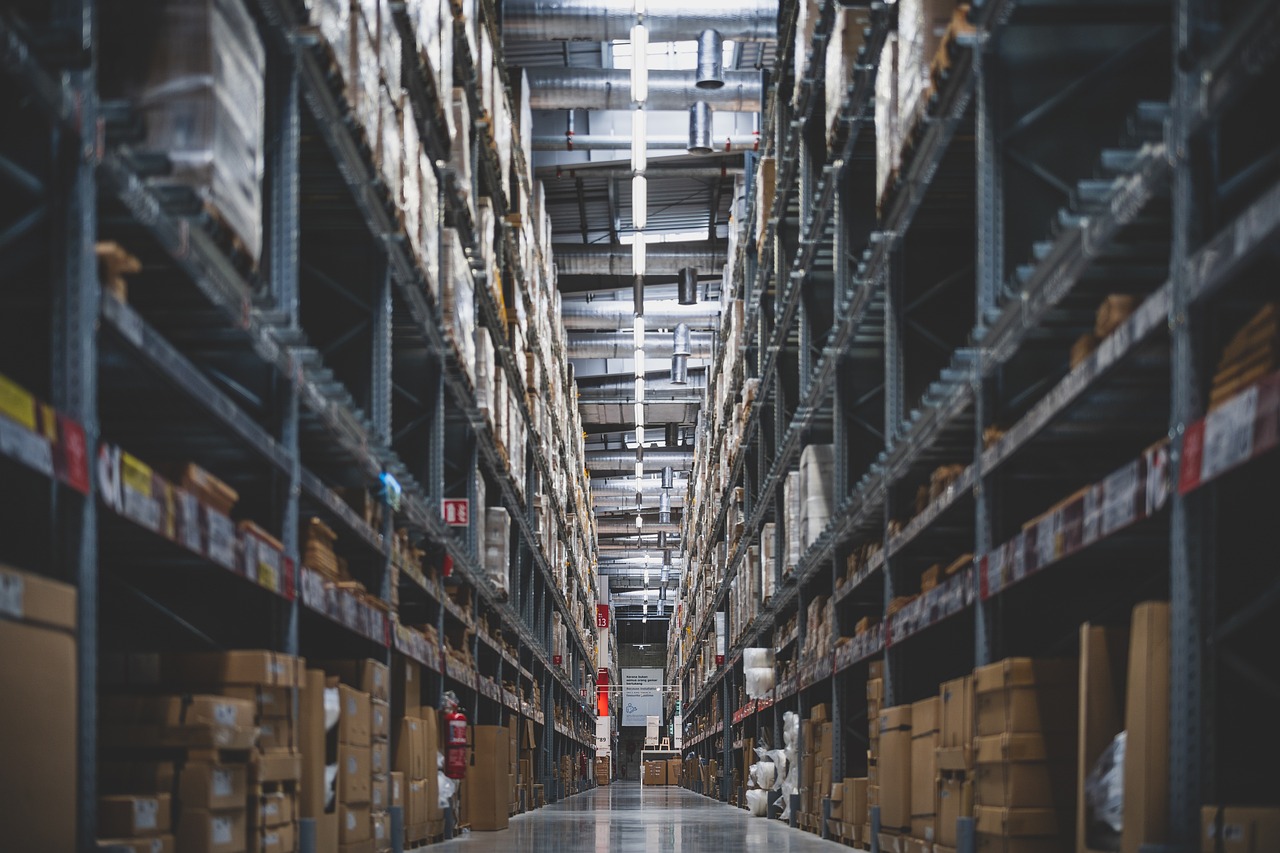
The MaritimeWhat core steps does export document verification specifically include?
A complete document verification process involves5 key nodes:
- Booking confirmation check (SO verification)
- Vessel name/voyage/ETD accuracy verification
- Container type and quantity matching
- Bill of lading draft review (Draft B/L)
- Three-way verification of shipper/consignee information
- Consistency confirmation between cargo description and HS code
- Fee details comparison
- Ocean freight and additional charges breakdown verification
- Local charges and quotation consistency check
- customs clearanceDocument chain verification
- Closed-loop data between packing list and commercial invoice
- Matching of certificate of origin with declaration elements
- Final release authorization confirmation
- Time control for telex release guarantee signing
- Confirmation of original bill of lading collection method
How to avoid errors in bill of lading information that lead toCustoms clearanceDelays?
According to the latest customs data for 2025, 28.7% of demurrage fees originate from bill of lading information errors. It is recommended to adoptThree - stage Verification Method:
- First stage: System automatic verification
- Use EDI system to connect with freight forwarder database
- Set up HS code warning rules
- Second stage: Manual cross-checking
- Arrange dual independent verification of key fields
- Retain written modification confirmation records
- Third stage: Dynamic data tracking
- Subscribe to shipping company real-time dynamic data
- Establish a 48-hour pre-arrival verification mechanism
What Hidden Risks Exist in the Fee Lists Provided by Freight Forwarders?
2025 industry research shows that 67% of disputes stem from cost perception differences, with special attention to:
- Exchange rate fluctuation buffer fee
- Require specifying the pricing currency and exchange rate locking period
- Verify the actual deduction amount in SWIFT messages
- Destination port emergency surcharge
- Sign a cost ceiling agreement in advance
- Agree on the allocation ratio of unforeseen expenses
- Container demurrage fee
- Clarify the calculation rules for free container usage period
- Establish a real-time container return status tracking system
How to choose between electronic bills of lading and paper bills of lading for greater safety?
According to the latest 2025 ICC guidelines, it is recommended to considerThree dimensions:
- Trade term adaptability
- For LC payments, paper bills of lading are recommended
- For TT payments, telex release bills of lading are preferred
- Destination port operational practices
- Middle East regions require confirmation of embassy certification requirements
- African ports require attention to original bill of lading mandatory regulations
- Risk control requirements
- For bulk commodity trade, retaining cargo control is recommended
- For cross-border e-commerce, electronic bills of lading are suitable to accelerate turnover
How to handle emergency situations when encountering document discrepancies?
Proposal to establish3-hour emergency response mechanism:
- Step 1: Discrepancy classification
- Level A (affecting customs clearance): Initiate amendment immediately
- Level B (incurring penalties): Process within 48 hours
- Step 2: Parallel processing
- Simultaneously contact the shipping company to apply for a letter of guarantee
- Coordinate with the consignee to pre-submit correction documents
- Step 3: System traceability
- Blockchain-based evidence storage for liability tracing
- Improve ERP system validation rules


 Follow Customer Service WeChat
Follow Customer Service WeChat